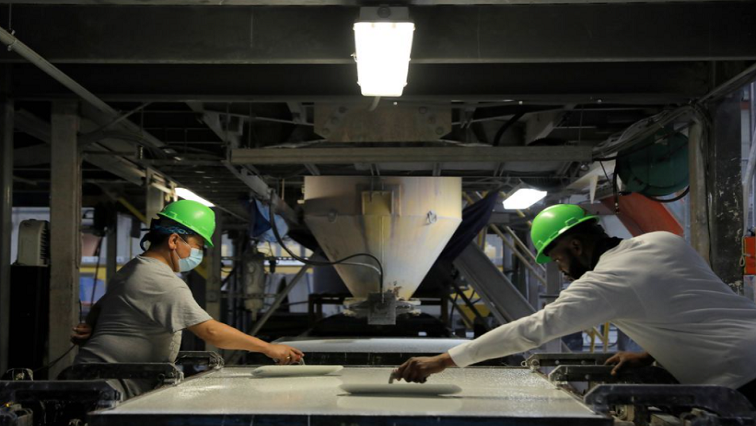The US labor market is flashing mixed signals. The Federal Reserve Bank of Dallas reckons the data shows the jobs market is hot; the San Francisco branch says the opposite. Both are right. While the unemployment rate fell to 5.8% in May, the outlook for women and people of color is more challenging. Focusing on the weakest links is the only way the central bank can fulfill its goals.
The Fed’s views on the jobs market depend on how the data is cut. In a paper released last month, the Dallas office zeroed in on employers in its district struggling to find workers, noting in a survey that only about 52% of surveyed people said they would return to their former employers, compared with 68% last July. There were also 1.2 jobless persons for every job opening, about the same rate as the spring of 2017.
The competition for employees with at least a bachelor’s degree is indeed tight. That cohort’s labor force participation rate was 72.5% in May, only slightly lower than where it was in February 2020 before the pandemic hit. Their jobless rate has fallen by more than half from the April 2020 peak of 8.4% to 3.2% in May.
The San Francisco Fed’s gloomier outlook reflects different data. It said this week that the pace of unemployment for women, Blacks and Hispanics indicate worse labor market conditions. The participation rate for women was 56.2%, compared to almost 58% before the pandemic. That suggests millions have dropped out of the labor market, likely due to lack of childcare. The number of long-term unemployed, at 3.8 million, is also higher than what would be expected under headline figures.
Fed Chairman Jerome Powell’s push for a broad-based recovery means putting more emphasis on the troubling areas of the jobs market. He has said the central bank’s decision to start raising interest rates and wind down its asset purchases depend partly on full employment among broad swaths of the population. He has also highlighted the disappointing labor indicators for women and minorities.
Women make up almost half the total labor force while Blacks and Hispanics account for about 30%. With a record 8.1 million job openings and some employers struggling to find workers, targeting them would help reduce the mismatches in labor supply and demand. And that would put the Fed on track to meet its mandate.
CONTEXT NEWS
– The U.S. economy added 559,000 jobs in May, the Labor Department said on June 4. Economists surveyed by Reuters expected an addition of 650,000 positions. The unemployment rate fell to 5.8% in May from 6.1% in April.
– Separately, a June 1 paper by the Federal Reserve Bank of San Francisco said the job market is worse than the headline number suggests because of a decrease in the labor force participation rate and the high number of people who have been unemployed long term.
– Another study by the Federal Reserve Bank of Dallas, which was released on May 27, said that labor market conditions are tighter than headline numbers suggest. It noted that many employers in its district said they are struggling to hire workers, partly because many former employees are reluctant to return to their old job.






